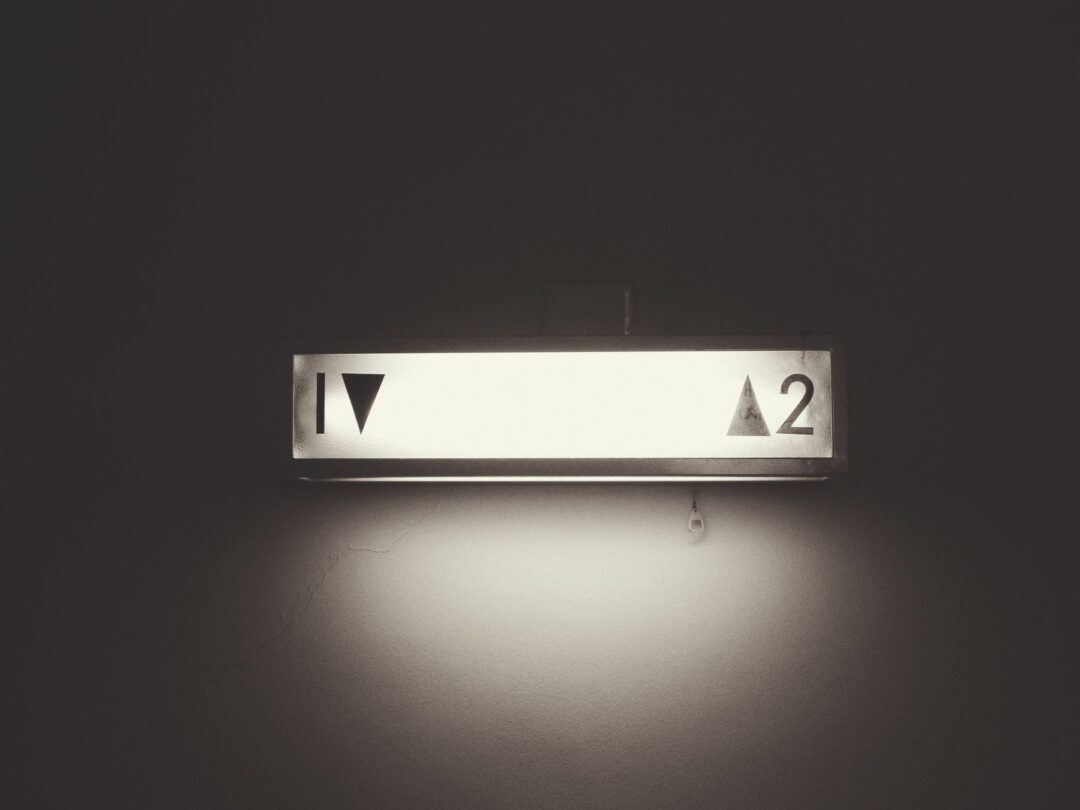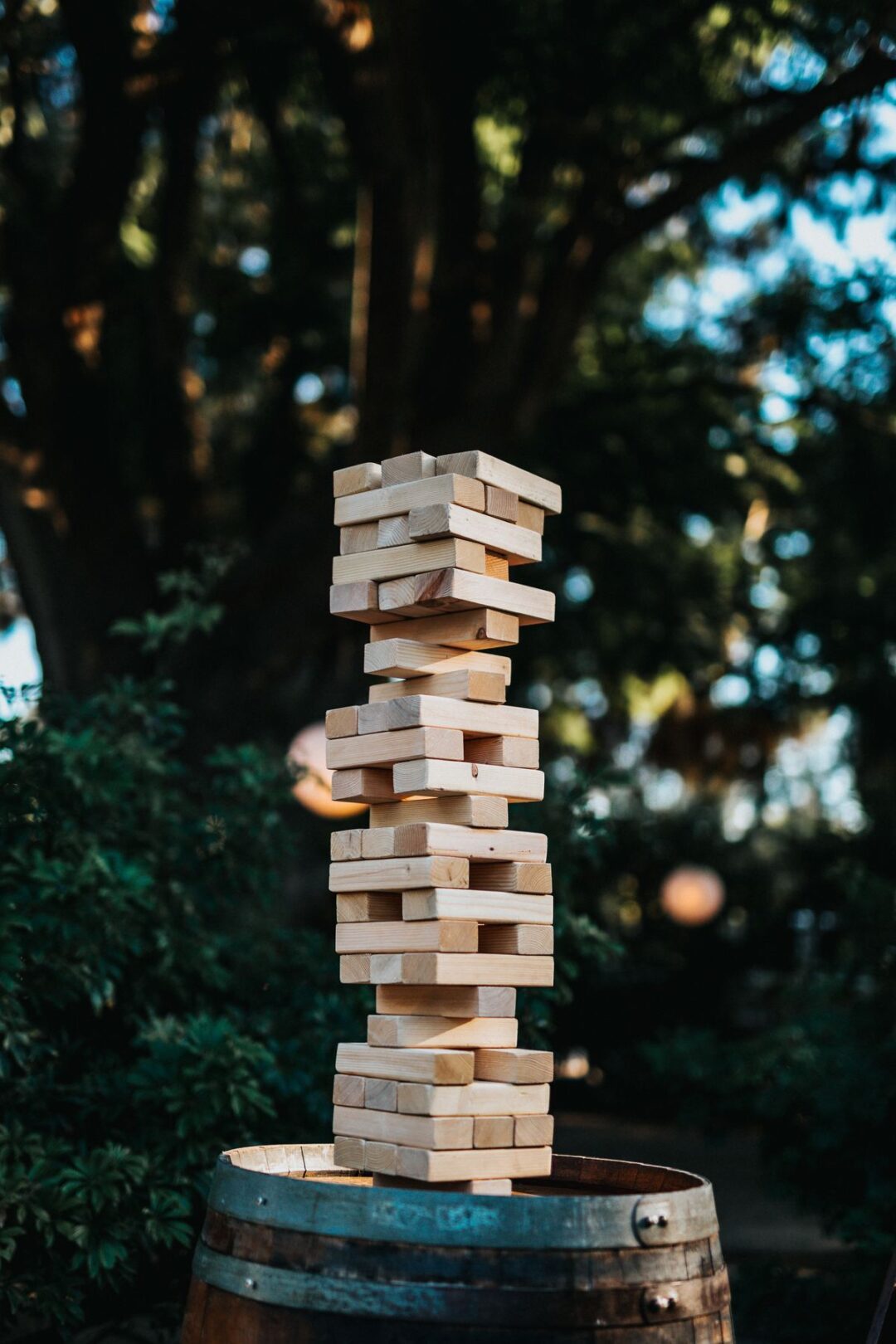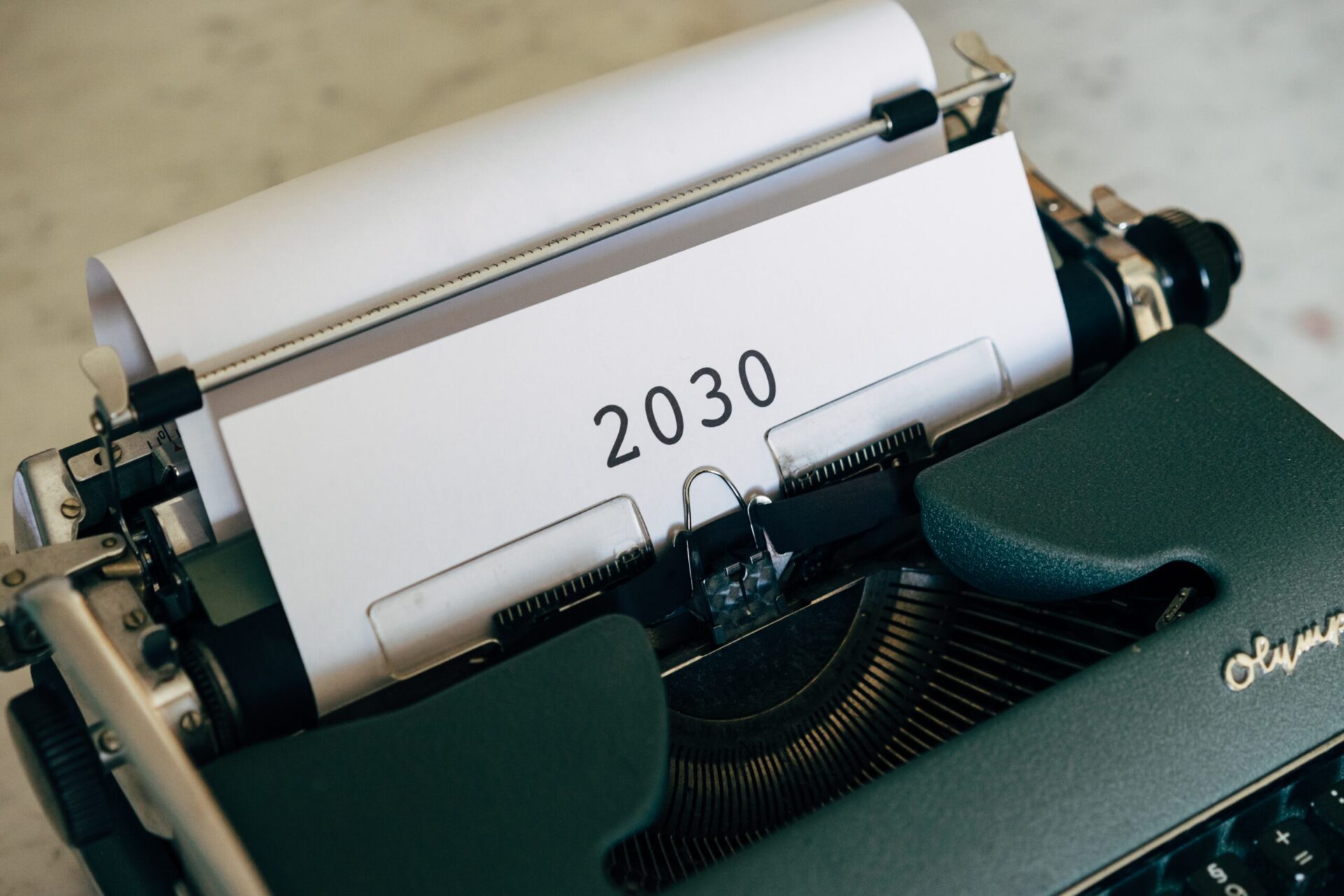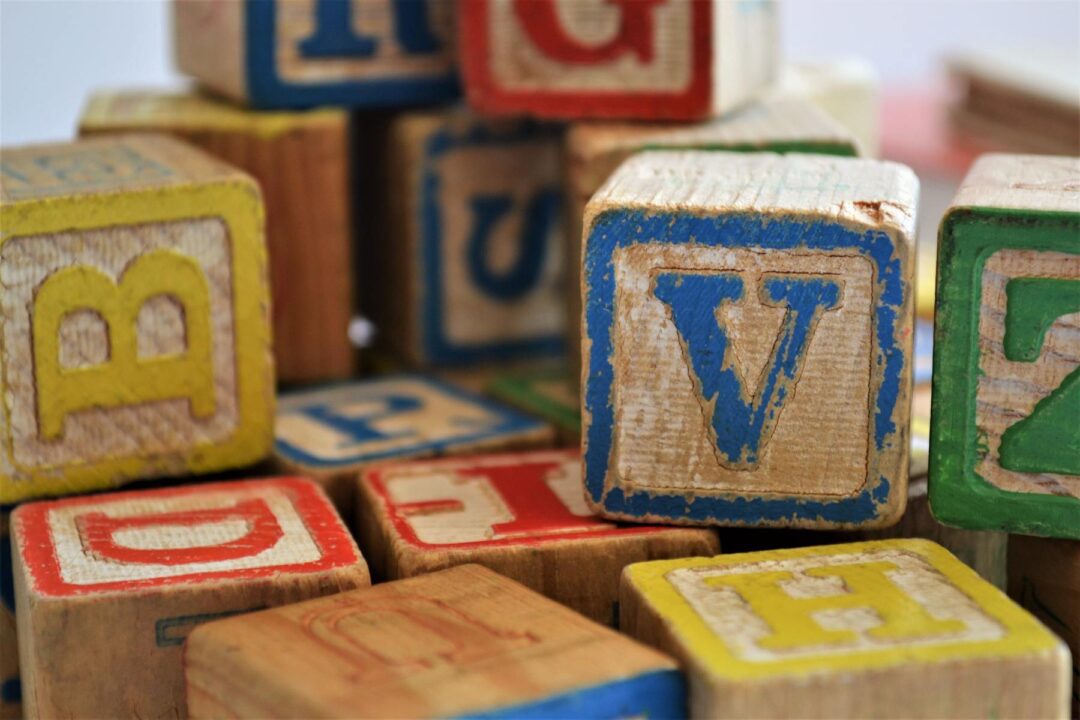Young children, place and movement – during social distancing and beyond
Written By: Author(s): Abigail Hackett

4 min read
Chartered College of Teaching · Young children, place and movement - during social distancing and beyond
The access young children and their families have to different kinds of spaces, and what they are able to do in these spaces, has shifted dramatically as a result of the COVID-19 crisis. Stenning and Russell (2020), among others, have campaigned during lockdown for the need for families to access neighborhood public spaces and the importance for children of physically distanced play. In particular, although the right to take a daily walk or run for exercise has been available throughout lockdown, as Stenning and Russel point out, the physical activity of young children can take very different forms. They write,
'Though some older children and teenagers may enjoy running, cycling or (currently disallowed) team sports, younger children mostly get their physical activity through play - scooting, chasing, inventing and exploring, stopping and starting, jumping, kicking balls,
Join us or sign in now to view the rest of this page
You're viewing this site as a guest, which only allows you to view a limited amount of content.
To view this page and get access to all our resources, join the Chartered College of Teaching (it's free for trainee teachers and half price for ECTs) or log in if you're already a member.
References
- Gallagher M (2016) Sound as affect. Difference, power and spatiality. Emotion, Space and Society, 20: 42-48.
- Hackett A and Somerville M (2017) Posthuman literacies: Young children moving in time, place and more-than-human worlds. Journal of Early Childhood Literacy 17 (3): 374-391.
- Løkken G (2000) The playful quality of the toddling "style". International Journal of Qualitative Studies in Education 13(5): 531-542.
- Stenning A and Russell W (2020) Improving safe access to street space for children's play and physical activity. Available at: https://blogs.ncl.ac.uk/alisonstenning/improving-safe-access-to-street-space-for-childrens-play-and-physical-activity/ (accessed 18 June 2020).
0
0
votes
Please Rate this content
Please login to comment
0 Comments
Oldest
Newest
Most Voted
Inline Feedbacks
View all comments









